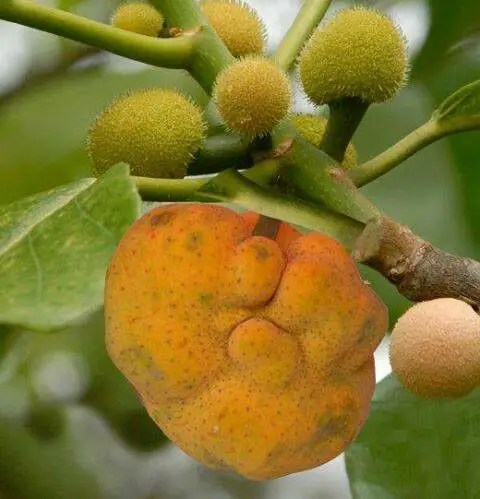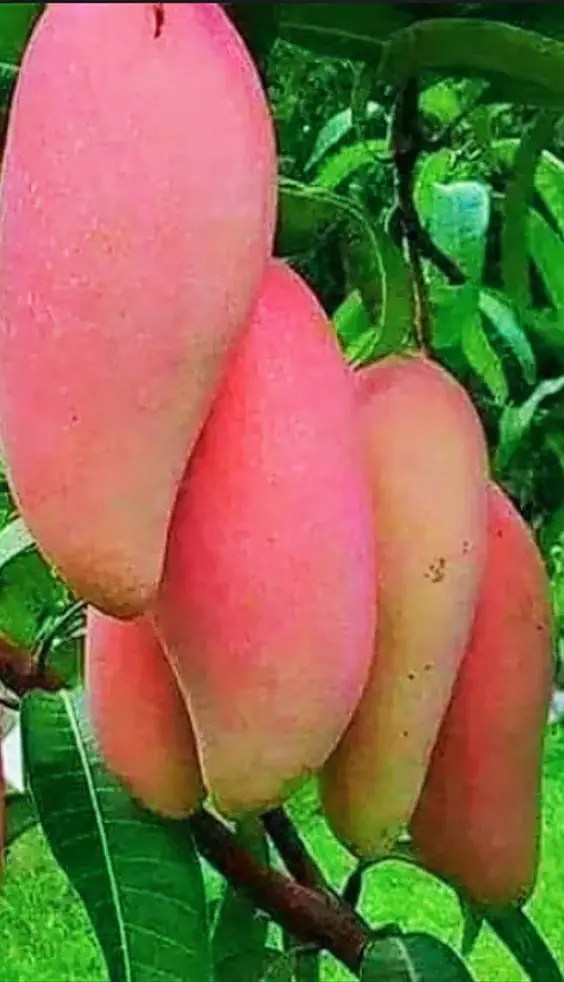Gourds, with their distinctive shape and vibrant colors, have captivated our imagination for centuries. These fascinating fruits come in a variety of shapes and sizes, resembling everything from small ornaments to large vessels. From the smooth and round to the elongated and curvaceous, gourds display a remarkable diversity that is both intriguing and visually appealing.

Found in different parts of the world, gourds belong to the Cucurbitaceae family, which includes cucumbers, melons, and pumpkins. While they are often classified as fruits, gourds are unique in that they are typically not consumed as food. Instead, they are valued for their ornamental and functional purposes.

One of the most recognizable types of gourds is the bottle gourd, known for its elongated shape resembling a bottle or flask. These gourds have been used by various cultures throughout history as containers for storing liquids or as musical instruments. In some regions, they are also believed to have spiritual significance and are used in rituals and ceremonies.

Another striking variety is the birdhouse gourd, named for its resemblance to a birdhouse or nesting cavity. These gourds have a hollow interior, making them ideal for creating birdhouses and providing shelter for feathered friends. Many nature enthusiasts and bird lovers enjoy growing these gourds in their gardens to attract and support local bird populations.

Gourds also come in a range of colors, including vibrant greens, yellows, and oranges. Some varieties even have intricate patterns or ridges that add to their visual appeal. These unique characteristics make gourds a popular choice for decorative purposes, such as crafting ornaments, vases, and sculptures. Many artists and artisans have mastered the art of carving and painting gourds, transforming them into exquisite pieces of art.
Beyond their aesthetic value, gourds have also been used for practical purposes throughout history. In some cultures, dried gourds have been used as containers for carrying water or storing seeds and grains. The hard shell of gourds also makes them durable and resistant to decay, making them suitable for long-lasting use.
Whether it’s the whimsical shape, vibrant colors, or cultural significance, gourds have a special allure that continues to fascinate people around the world. From traditional crafts to modern art forms, gourds have found their place in various creative expressions. So next time you come across a gourd, take a moment to appreciate its unique beauty and the rich cultural history it represents.





